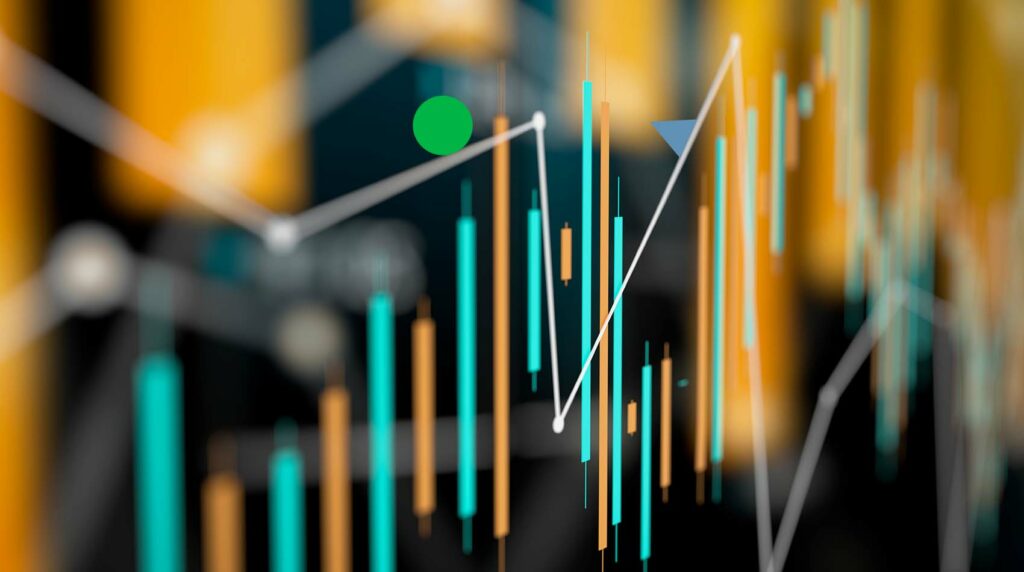US Bond Market Is Experiencing Volatility Comparable To The 2008 Financial Crisis
The stock market is still reeling after Tuesday’s thrashing, with the S&P 500 barely edging up after its largest one-day decline in two years.
But it’s not only stocks and cryptocurrency that are tumbling this week.
Let’s look at the US bond market – and why it’s seeing some of its most extreme volatility since the 2008 financial crisis.
But first and foremost, the long-awaited Ethereum merge event, which experts claim would increase energy efficiency on that blockchain by 99%, has been successfully completed, according to co-founder Vitalik Buterin in a Twitter post.
According to Insider’s Laila Maidan, one macro investor stated the merge resembles the corporate governance structure found in securities, while another executive warned the event might cause widespread confusion.
There has been a sell-off on the news and ETH is down 8.03% at $1459.84 this Friday morning.
While most investors are focused on the Fed’s interest rate rises, officials’ balance sheet intentions may have an even greater influence on markets.
The central bank has stated its intention to reduce its balance sheet, which is primarily comprised of US Treasury bonds and mortgage-backed securities.
During the pandemic, the Fed increased its holdings of these bonds and securities, as well as corporate debt, to keep credit markets open.
The plan succeeded at the time, but it swelled the Fed’s balance sheet from around $4 trillion to almost $9 trillion today.
Trading liquidity in government bonds has decreased dramatically since April as Jerome Powell attempts to unwind such assets.
Bloomberg’s US Government Securities Liquidity Index is presently in “stressed” territory, having reached dangerous levels last seen at the height of the pandemic and on par with the 2008 financial crisis.
“The Fed may be creating different problems this time. Trading liquidity has been steadily getting worse all year and rivals the worst of the March 2020 period. Corporate distress has also risen,” Ned Davis Research said in a note.
According to experts, bond market volatility is beginning to flow into the stock market.
“Realised volatility is almost seven percentage points above its historical mean, while implied is nearly four points above its mean,” NDR said. “You have to go back to the Great Financial Crisis of 2008 and the European Sovereign Debt Crisis which followed to find comparable levels before the pandemic.”
According to Bank of America, the most systemic risk to financial markets is diminishing liquidity in the Treasury market.
Falling liquidity and the resilience of US Treasuries, according to Bank of America, may pose a greater risk to stocks than the 2007 housing bubble!
Early Thursday, US stock futures struggled to find direction as investors awaited new economic data and considered the possibility of a hefty interest rate rise by the Federal Reserve.
According to Wharton Professor of Finance Jeremy Siegel, inflation is “overstated.” The Fed may make a policy blunder and overtighten if it does not revise its position on high prices, according to the Wharton expert. In his opinion, inflation has been lagging behind official data for nearly 18 months, and prices have already begun to decline.
The top economist pointed to the August Consumer Price Index report on Tuesday, which showed an above-expectation inflation reading of 8.3%. That caused stocks to plunge to their largest one-day decline since June 2020, a sign investors are already pricing in more pain caused by Fed rate hikes.
But inflation lags behind the CPI report, Siegel said, who has previously warned that the Fed is being too hawkish in its current policy stance and that the stock market will actually surprise to the upside as inflation continues to fall.
“We’ve actually had a lot more inflation over the last 18 months than recorded in the official statistics, and we’re going to show a lot more inflation in [the] next 18 months,” Siegel said in an interview with CNBC on Wednesday.
The housing market, which accounts for 50% of core inflation, is primarily to blame for the delay. Although house prices rose by 40% in the previous year and a half, the CPI Housing Index rose by just 7%-8%. According to Siegel, the reality on the ground is that prices have stopped rising.
“Will you see that in the CPI? No, you will not see that in the CPI for 18 months. What I’m saying is we’re going to get that overstatement [in inflation] just like we saw that understatement,” he added.
Siegel has advocated that the Fed should only raise rates by another 100 basis points further before shifting to a more dovish stance. However, he warned that the Fed might overshoot and overtighten the economy, citing Goldman Sachs’ projection that the Fed will raise rates by 75 basis points in September and another 50 basis points by year’s end.
“If they take a correct view on what inflation is, they may not have to go that high. That’s the relief the market is watching,” he added.
His concern is that the Fed will presume inflation is stronger than it is and adhere to its “higher for longer” rate policy.
“That would be a policy mistake,” Siegel warned. “I think they’re going to look at the economy, and I hope they understand what the statistics are and what on-the-ground inflation is.”
Online sources: markets.insider.com, uk.finance.yahoo.com All opinions and views expressed or suggested by the Digital Zeitgeist are not necessarily the same opinions and views held by or suggested by GPM-Invest plus any and all partners, affiliates, parties, or third parties of GPM-Invest. Any type of media distributed by GPM-Invest IS NOT financial advice. Please seek advice from a professional financial advisor

